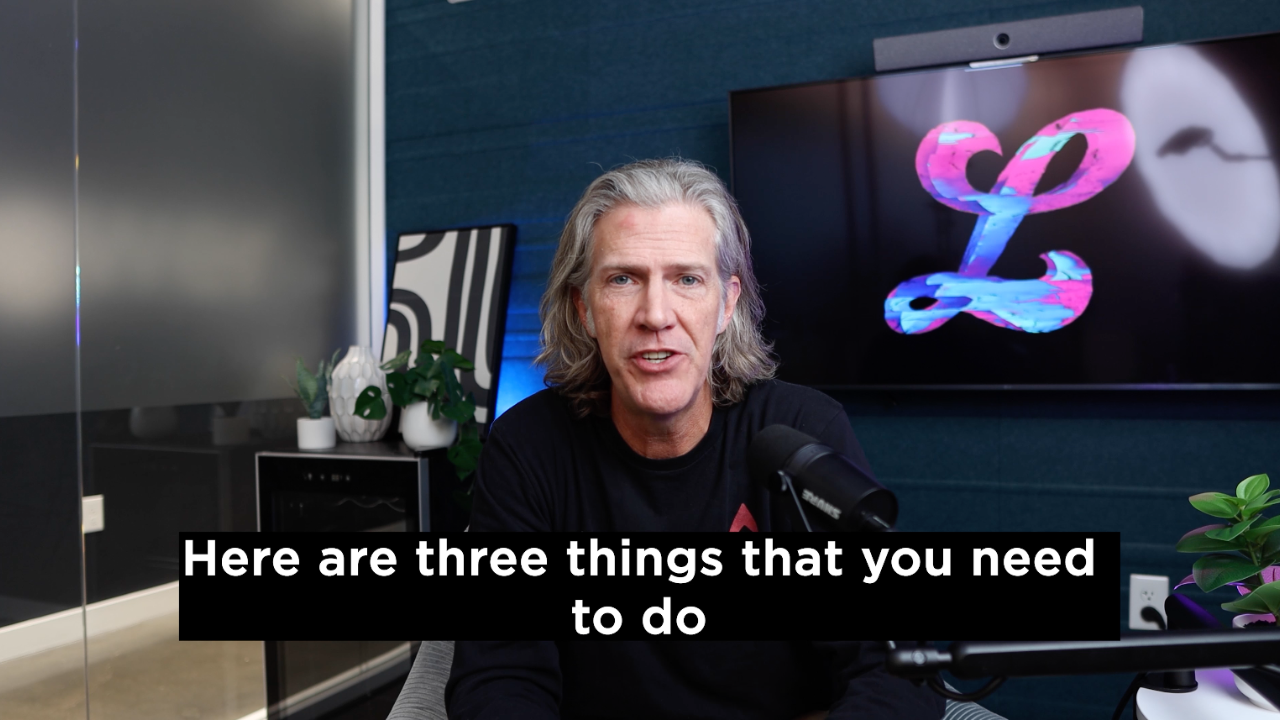Mortgage Types
You have several mortgage options available. These are a few of the most commonly issued mortgage types.
Conventional Mortgages
Conventional mortgages are home loans not insured by the federal government. Conventional loans are "conforming" when they fall within the maximum limits set by Fannie Mae or Freddie Mac, the government agencies that regulate most US mortgages. "Non-conforming" conventional loans fall outside the maximum limits. Jumbo loans are a common type of non-conforming loan—more common in areas with higher-than-average home prices.
Fixed-Rate and Adjustable-Rate
The two main types of conventional mortgages are fixed-rate and adjustable-rate. A fixed-rate mortgage's interest rate will not change over the lifetime of the loan unless you refinance. 30-year, fixed-rate mortgages are the most common.
Adjustable-rate mortgages (ARMs) have a variable interest rate. You may also run into a mix of the two—mortgages that start with a fixed rate for a few years and then adjust to a new rate. For example, a "10 over 30" mortgage would have a set rate for ten years and a rate to be determined later for the remainder.
Government-Insured Mortgages
The Federal Housing Administration (FHA), the US Department of Agriculture (USDA) and the US Department of Veterans Affairs (VA) offer loan programs that help people who may not qualify for a conventional loan become homeowners. Each program has a set of requirements homebuyers must meet. In general, FHA loans are suitable for the widest range of homebuyers, while USDA and VA loans are more stringent about which homebuyers and which properties qualify. As you might expect, USDA loans focus on agricultural and rural areas, and VA loans help military veterans become homeowners. Government-insured loans require much lower down payments than conventional loans—sometimes as little as 0% of the property's value. (Though you'll need to pay an additional mortgage insurance premium each month for FHA and USDA loans.)
A fixed-rate mortgage's interest rate will not change over the lifetime of the loan unless you refinance.
Mortgage Loan Process Steps
Step 1: Estimate Your Budget
Before you get too far into the process, assess your finances and income. Lenders and financial planners typically advise homebuyers to limit their budget to about two and a half times their gross income.
A good rule of thumb is to keep your monthly mortgage payment under 45% of your gross income. Many unique factors go into deciding on a budget. You may live in an area where properties are very costly, for example. The median home price in San Francisco is around $1.8 million, for example. People who live in high-price areas often take out non-conforming jumbo loans with longer payment terms.
You can use an online mortgage calculator to get a feel for how much you can expect to pay each month.
Step 2: Get Pre-Approved
Before you start house hunting, find a mortgage provider and apply for a pre-approval. Your application for a pre-approval won't be as involved as your actual mortgage application later on, but it’s an excellent tool for house hunting.
A mortgage provider will consider your income, debts, and credit risk to come up with a target price range. There's no guarantee your mortgage application will be approved later in the process, but a pre-approval can give you and your real estate agent some peace of mind.
"But what if I can't get a pre-approval?" One important reason to go through the pre-approval process is to find any red flags likely to hold you up or prevent you from being approved for a mortgage.
If you don't qualify for a pre-approval, you can find out why and address it. You may have an error on your credit report, for example. It's best to get issues like this taken care of well ahead of your house hunt.
Once you have a pre-approval in hand, seek out a reputable real estate agent. Word of mouth recommendations help a lot when making this choice. Be sure the agent you select is familiar with the market in the areas where you want to look for homes.
Step 3: Go House Hunting
This step is undoubtedly the one homebuyers anticipate the most. It's a lot of fun to imagine living in different homes! Before you set out into the real estate market, work with your real estate agent on a list of "must-haves." You might include features like:
- A certain number of bedrooms and bathrooms
- A specific school district
- A location close to work
- A big yard—or no yard at all
- An up-to-date kitchen
- Newer HVAC
- A quiet or bustling neighborhood
- A garage
As you look at homes, you may find it’s hard to stick with your must-have list. While it's a significant advantage to be somewhat flexible, don't budge on the qualities you absolutely must have in a home to make it worthwhile.
Most likely, you'll need to compromise on certain aspects like location or yard size, but when it comes to fundamentals like the number of bedrooms you need, be careful. Sometimes, it seems easy at the moment to imagine adding onto or renovating a home. However, if you aren't an experienced renovator, these kinds of projects are likely harder than you think.
If you spend a lot of time house-hunting and discover that you aren't happy with what's available in your price range, you may want to delay your purchase. This will give you time to save up a larger down payment.
When you finally land on the house of your dreams, it's time to put in an offer.
Step 4: Put in an Offer
Work with your real estate agent to come up with a reasonable offer on your chosen home. You should get a good sense of how quickly homes are selling in the area and whether the price is above or below the market rate.
This kind of guidance is invaluable—there's no sense making an unrealistic offer. In fact, some sellers may feel insulted and stop negotiating with you altogether. Carefully consider your real estate agent's advice.
Once you reach an agreement with the seller, it's time to apply for your mortgage.
Step 5: Apply for a Mortgage
This step in the mortgage process can be one of the most nerve-wracking. If you go into the application phase with a patient mindset and realistic expectations, you'll have a less stressful experience.
When you apply for a mortgage, there are several items you will need to gather and present to the loan officer. Common items include:
- State-issued ID
- Several months of paycheck stubs
- Tax returns for the past few years
- W-2s and 1099s issued to you by employers or clients
- Bank statements, including proof that you can make the down payment
- Investment information, including on 401K plans that you have through your employer
- Rental or mortgage payment history
- A few personal references, including contact information
The more mortgage application paperwork you can get together ahead of time, the sooner you'll be moving into your new home.
Step 6: Receive a Decision
Hopefully, you'll be ready to celebrate at this step. If the mortgage officer gives you the OK, your mortgage application will move on to the underwriting phase.
You may get a call from the underwriter if they need more information or are concerned about your ability to make the monthly mortgage payments. Respond as soon as possible to keep the process moving along. If you wind up with a denial, don't panic. Often, it's a matter of providing more documentation or clearing up something on your credit report. Get as much information as you can and work to resolve the issue.
When your application is approved, take a look at the terms of the loan. Is the interest rate acceptable to you? Is the down payment what you expected?
Step 7: Set a Closing Date
Work with your realtor, mortgage provider, and the seller to set a date to close the loan. This is the date you'll take ownership of the property and get the keys. You might meet at a bank or an office building. Requirements vary by state, but you can expect to see at least of few of these key people at the closing:
- You and any co-borrowers
- The seller or their real estate agent
- Your real estate agent
- An escrow officer or closing agent who handles the exchange of funds during the closing.
- A settlement agent who handles the legal transfer of the title.
- An attorney who serves as the settlement agent or escrow officer in some states
Step 8: Move into Your New Home
Once the closing is complete, it's time to settle into your new home. Take some time to organize and file away your mortgage paperwork, and study your first mortgage statement carefully. If the payment seems off, make sure you take care of the issue as soon as possible.
The more mortgage application paperwork you can get together ahead of time, the sooner you'll be moving into your new home.
How to Get the Lowest Mortgage Rate
It may be tempting to go with the first option you see, but you could save tens of thousands of dollars over your loan's lifetime by finding a lower interest rate now. Here are five things you can do to improve your options.
Fix your Credit Report
Your credit score is a significant factor when it comes to your mortgage rate. Suppose there are errors on your report with any of the three major credit bureaus (Experian, TransUnion, and Equifax). In that case, you'll need to work through the credit bureau's process for disputing mistakes. You can also try working with creditors directly to remove older late payments.
Comparison Shop
You might be surprised to learn that your mortgage rate can vary widely from one mortgage provider to another. Don't worry—you don't need to launch a full application with each provider. You can compare pre-approval offers to get a sense of where you stand with each provider.
Increase Your Down Payment
The more you put down, the less you need to finance, which will save you on interest payments over the loan's lifetime. A higher down payment is also a signal to the mortgage provider that you are a good risk. You've been able to budget and save up money, and your monthly payment will be easier to manage. You can get a lower interest rate when you provide a higher down payment. Shorten Your Loan If you can manage to make higher payments each month, it can pay off significantly. The difference between a 15-year mortgage and a 30-year mortgage can easily save you tens of thousands of dollars. Not only are the interest rates generally lower on a 15-year mortgage, but paying the loan off quicker adds even more savings.
Pay for Points
Points are a fee homebuyers pay to lower their mortgage rates. This can be a good tactic if you plan to stay in the home for many years, but it may not be the best use of your money if you think you'll move within ten years.
See? Pretty simple.
When you go into the process with a patient mindset and spend time learning about how loans work, you'll make it through just fine. Soon, your hard work and patience will allow you to start making memories in your new home.
Ready to get this house party started? We're Lower.

















.svg)
.svg)

.svg)













